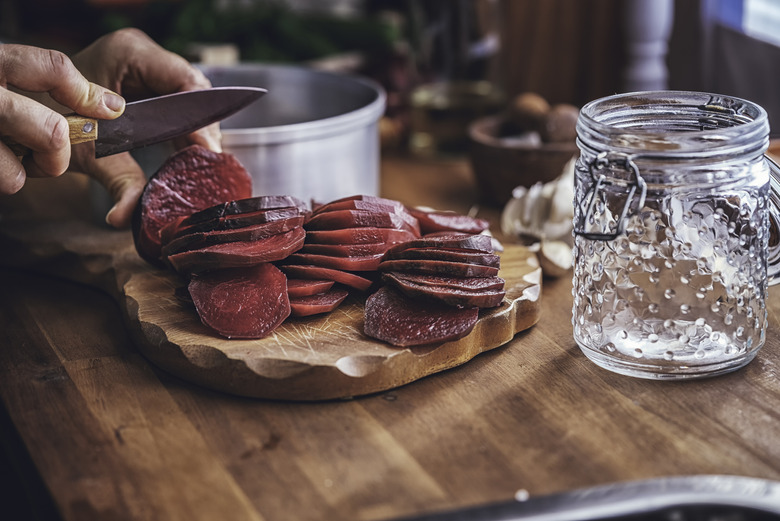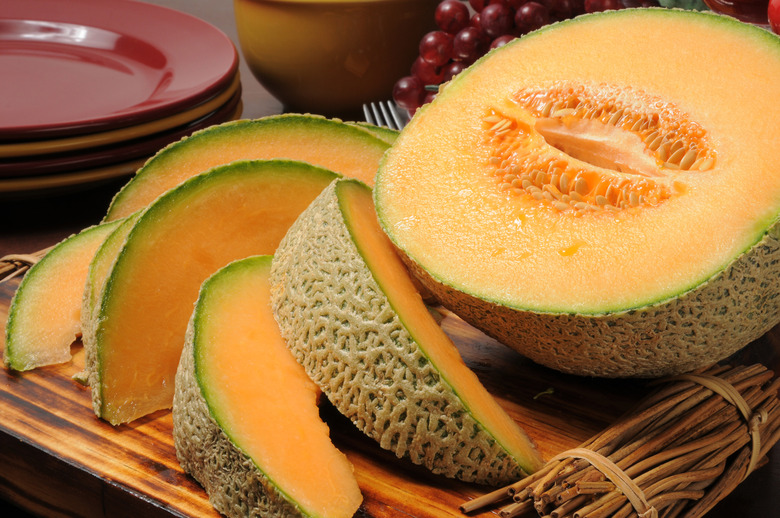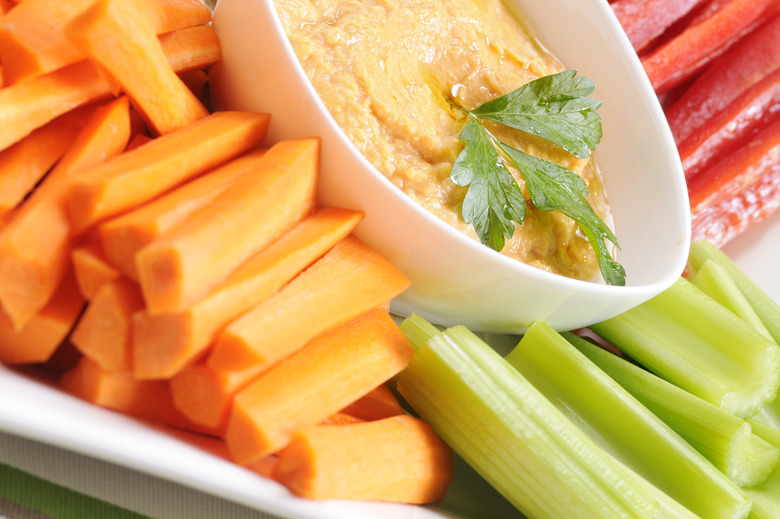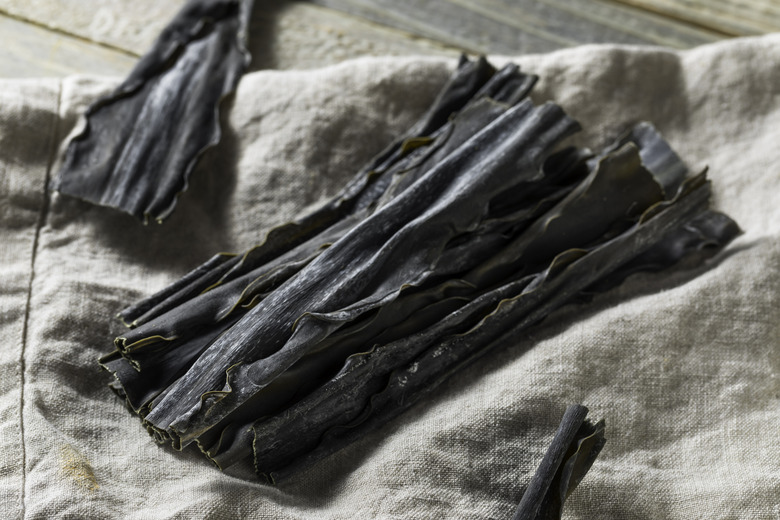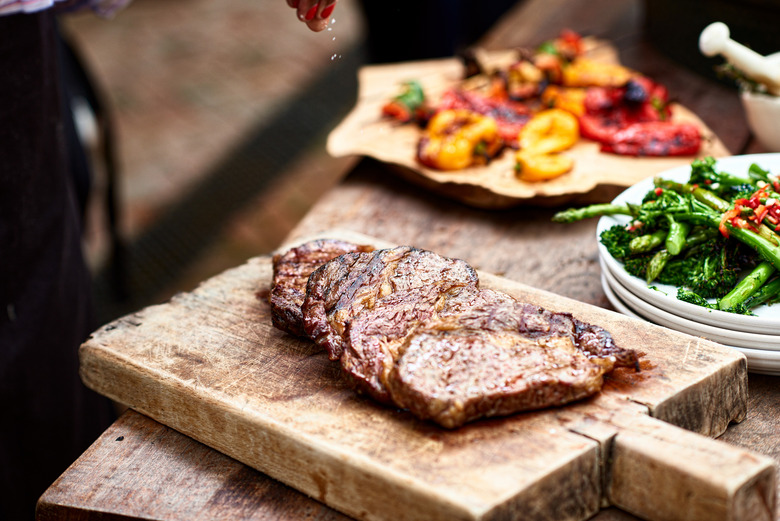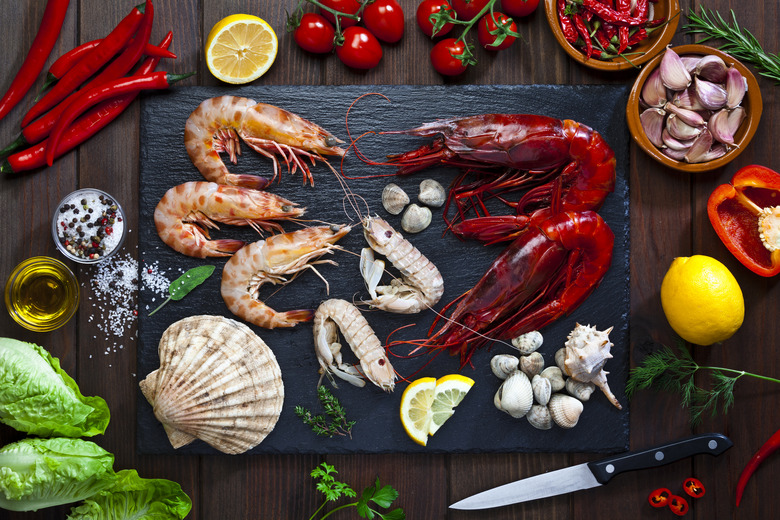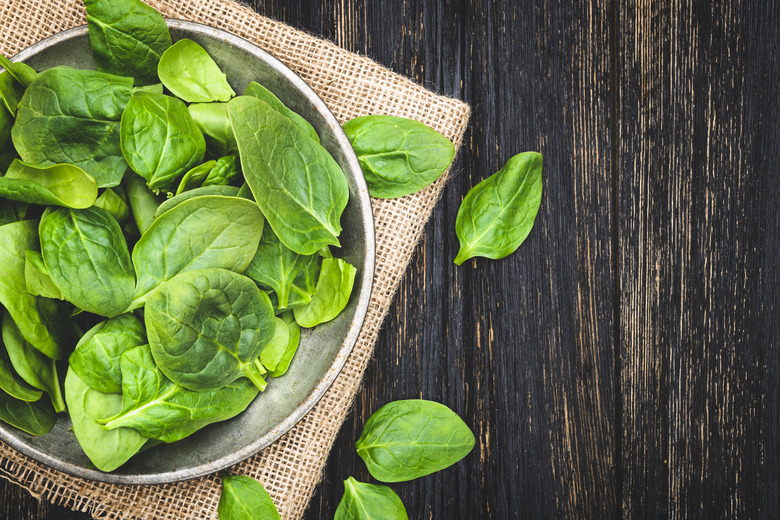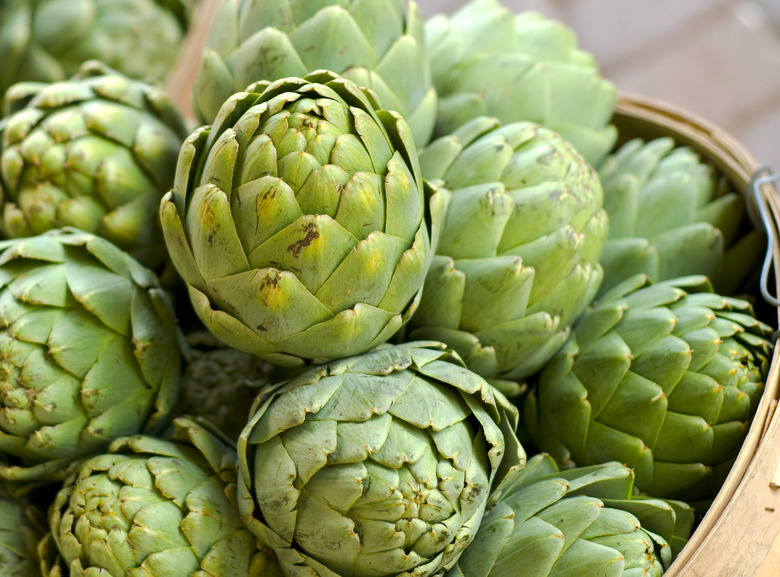8 High-Sodium Foods That Are OK To Eat
Red and gold and with around 65 milligrams of sodium per beet, these vibrant root vegetables may become your favorite salt substitute. Simply slice and bake them to make stand-in potato chips, blend them and add them to homemade vegetable juice for a fresh take on the classic Bloody Mary, or roast them and add them to salads or pasta sauces for a bright, earthy kick. And in sum: don't fear the beet. Use it to your cooking advantage (just wear gloves).
CANTALOUPE
Italians were onto something when they paired prosciutto with melon. This sweet fruit has 130 milligrams of sodium per large cantaloupe, or about 25 milligrams of sodium per cup of cubed melon. Which means it complements and enhances the taste of savory ingredients and makes a great low-sodium snack to help curb cravings when that "salt tooth" strikes.
CELERY and CARROTS
There is a very good reason that celery and carrots make up two-thirds of a mirepoix, otherwise known as the holy trinity of French stocks. With 50 milligrams of sodium in both a large stock of celery and a large carrot, these vegetables provide that familiar savory flavor in soups and stews, without several pinches of salt. They're a great crunch and salty bite to tuna and chicken salads. Roasted, boiled, or raw, celery and carrots are great kitchen staples to have on hand. As for seasoning, look for salt-free celery seeds to boost the salty taste in everything from baked chicken to green beans to homemade mac and cheese.
SEAWEED, KOMBU
Most well-known as the base ingredient for Japanese dashi broth, kombu is an awesome ingredient to keep on hand if you're watching your sodium intake but still want that salty taste. A single leaf of dried sea kelp mixed with boiling water makes a quick "salty" stock for soups, gravies, stews, and risottos. Also, keep a look out for kelp "salt substitutes" to use on the table in place of the shaker.
MEAT
It's common practice to save bones for soup and stocks, but when it comes to low-sodium cooking, don't forget about the juices. Whether you are sautéing ground beef (75 milligrams per serving, raw) or cooking a lamb chop (around 65 milligrams per serving, raw), the leftover browned bits and meat oils can be recycled when cooking other ingredients. For example, instead of using oil or butter, sauté vegetables in a little bit of the cooked meat fat. Or, after slow-roasting chicken, remove the breasts and thighs from the Crock-Pot and add in beans or grains to soak up the meaty leftovers.
SHRIMP and SHELLFISH
While most fish runs relatively low on the sodium scale, its ocean brethren can top the natural sodium charts. Shrimp, lobster, crab, and scallops (to name a few) can all contain hundreds of milligrams of sodium per 3-ounce serving, which means adding a little bit to pastas, risottos, and stews can bump up that "salty" taste. And saving the shells will add flavor to homemade stock and sauces. But do note: Because of brining and other treatments, the sodium values found in shellfish can increase greatly from the time they leave the sea to the moment they hit the store. So while fresh is nice, sometimes buying frozen shellfish with nutritional labels will help you make the best decisions for your diet.
SPINACH and CHARD
Have you tasted sautéed spinach lately? When boiled without anything else, it packs 125 milligrams of sodium per cup and a powerful salty taste. And similarly, a cup of cooked Swiss chard contains more than 300 milligrams of sodium, providing another "salty" side dish. So when rounding out a meal, choose these greens to complement lower-sodium entrées. Use them in place of lettuce for a more surprising salad, or swap them in for basil to make a vitamin-rich and slightly "salty" pesto sauce.
ARTICHOKES
Here's a fact that might blow your mind: one large artichoke contains three times as much sodium (150 milligrams) as 3 ounces of snapper (50 milligrams). And almost twice as much as a single egg (70 milligrams). Just more evidence that sodium occurs in the most unexpected places, and knowing these numbers becomes essential to making the most of your ingredients and eating well on a low-sodium diet.
